A Short Guide for Running Meetings
Recently meetings are getting more and more bad reputation of time-wasting and unproductive business action. Below guide is a brief advice to make meetings more effective and regain control of your calendar.
1. Keep the meeting as small as possible. No more than seven people
Of course, there is no magic number. Though research does not point to a precise number, but there is evidence to suggest that keeping the meeting small is beneficial. For one reason, you’re better able to pick up on body language. Moreover, if you want people to have the opportunity to contribute, you need to limit attendance.
This isn’t to say that your 20-person meeting is doomed for failure. You just need to plan much more carefully. The degree of facilitation has to go up. You have to be more thoughtful about getting input from the group and reading people in the room. You need someone who is masterful at managing the conversation.
2. Ban devices
Both experts agree this is a good idea, for two reasons.
First, devices distract us. Many people think they can multitask—finish an email or read through your mobile social feed while listening to someone in a meeting. Multitasking is simply a mythical activity. We can do simple tasks like walking and talking at the same time, but the brain can’t handle multitasking. In fact, studies show that a person who is attempting to multitask takes 50% longer to accomplish a task and he or she makes up to 50% more mistakes.
The second reason to ban devices is that they distract others.
Still, there are some good reasons to use technology in a meeting. You may want to take notes, or retrieve reference material.
3. Keep it as short as possible — no longer than an hour
Research shows that there are advantages to keeping it shorter. For one, people stay more focused. Once people realize you’re tight on time, they stop asking questions or talking and focus on getting the work done. Time pressure will make this more efficient, but you don’t want to make the time so short that you truncate important conversations.
4. Stand-up meetings are more productive
While some might feel this is a gimmick, but there is empirical data that proves stand-up meetings work. In this study (which was done in 1999 before stand-up meetings were a staple in most offices), researchers from the University of Missouri and his colleagues concluded that they were about 34% shorter than sit-down meetings, yet produced the same solutions.
5. Make sure everyone participates and cold-call those who don’t
Some people may want to speak up but don’t feel like they can unless they’re asked. This may be due to “cultural reasons, or language barriers, or general disposition.” The people who hold back often have the best perspective on the conversation and definitely need to be drawn out.
Having everyone contribute isn’t just good for the end result of your meeting but for the participants themselves as well. People like to know that their opinions are being heard and considered.
For people who feel too put on the spot, you can talk to them ahead of time and tell them that you’re hoping they’ll contribute. That way, they’ll have time to plan what they’ll say. Then in the meeting, you may still need to ask for their perspective but they’ll be primed to do so.
6. Always set an agenda out ahead of time – and be clear about the purpose of the meeting
It’s hard to imagine more sound advice about meetings. Designing the meeting and setting an agenda ahead of time is critical. You should explain what’s going to happen so participants come knowing what they’re going to do. Lacking a clear plan of action is often why groups get derailed in decision-making.
Next time you need to bring a group together, do the best you can to make it a good use of everyone’s time—including your own.
[ideabox] This article was primary sourced from: The Condensed Guide to Running Meetings | Harvard Business Reviews [/ideabox]



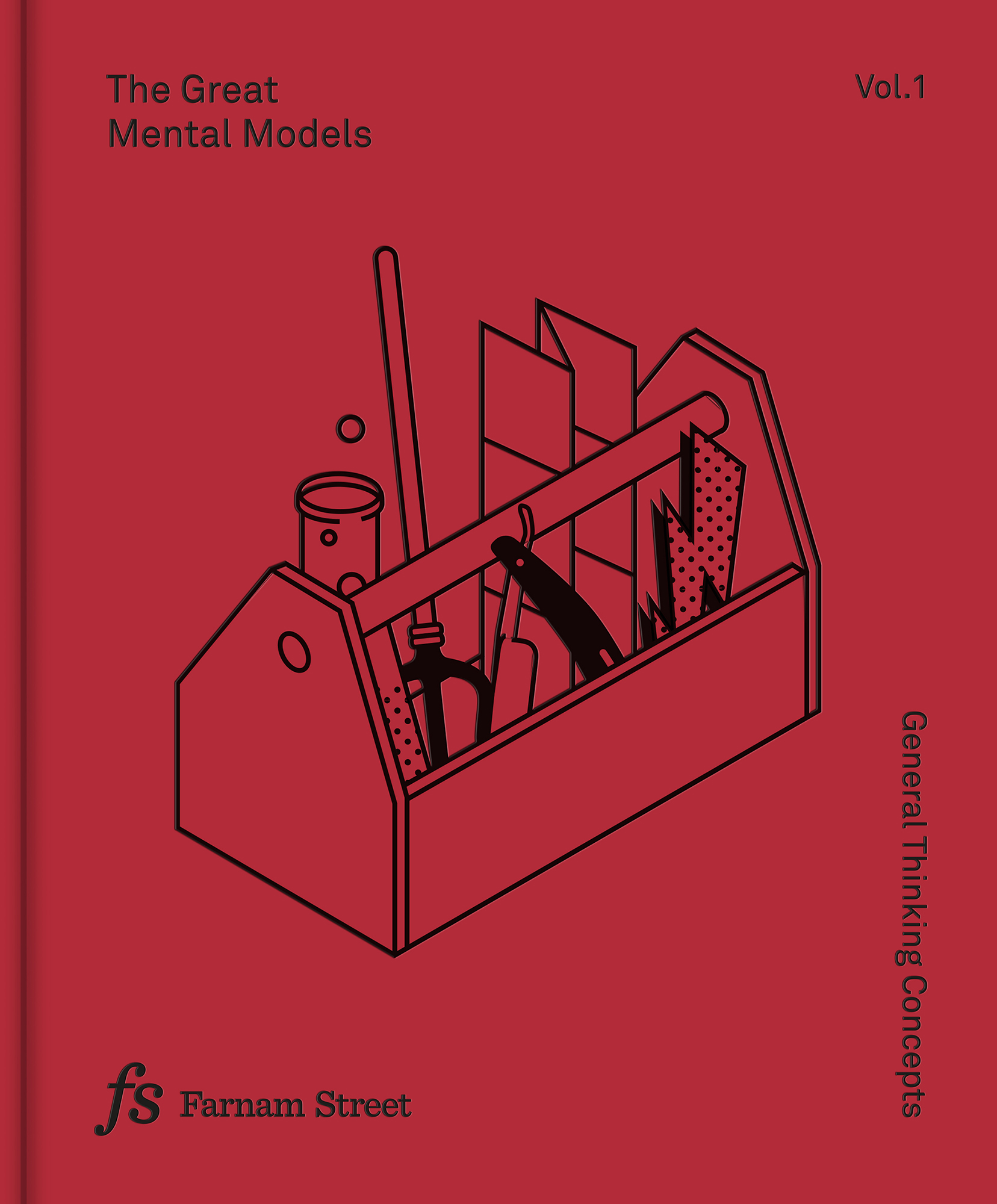

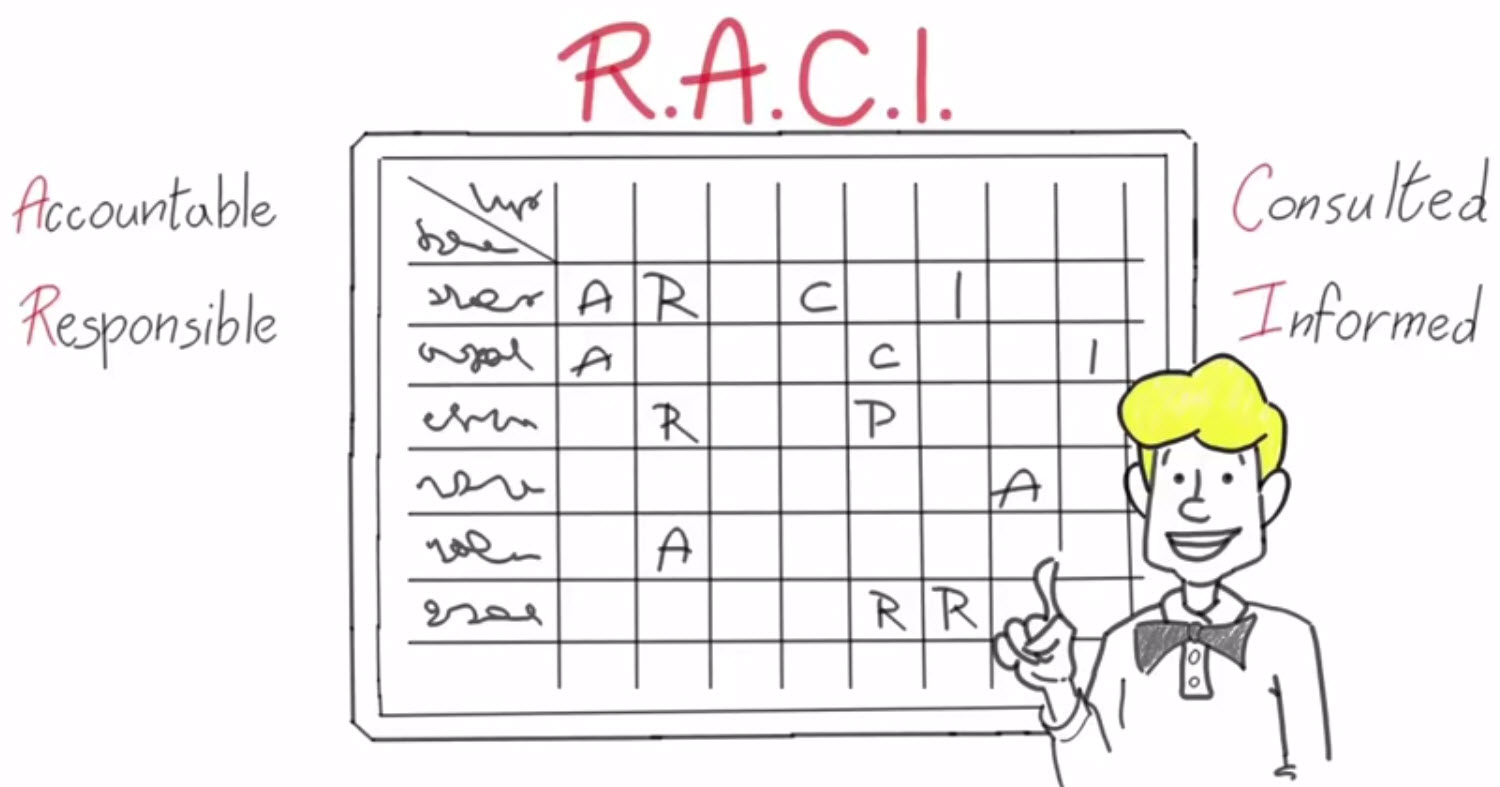
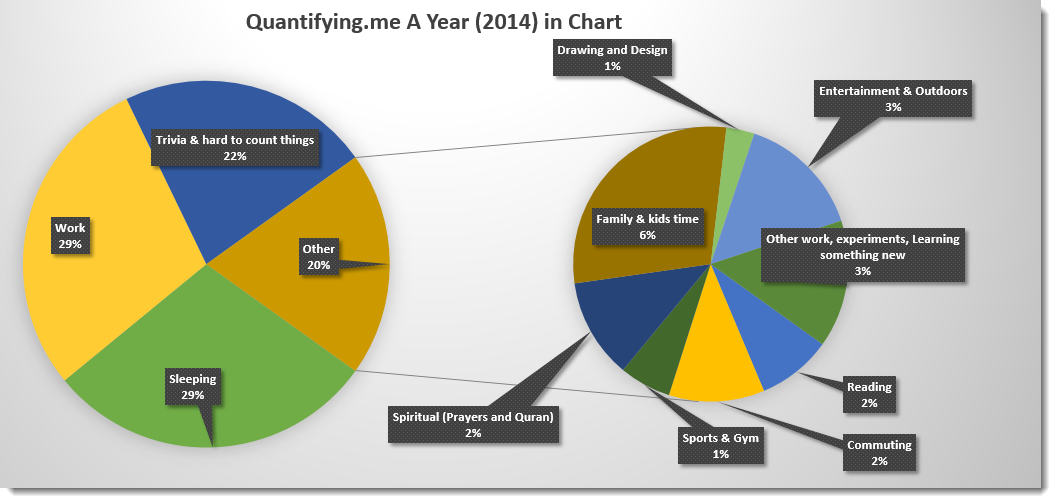


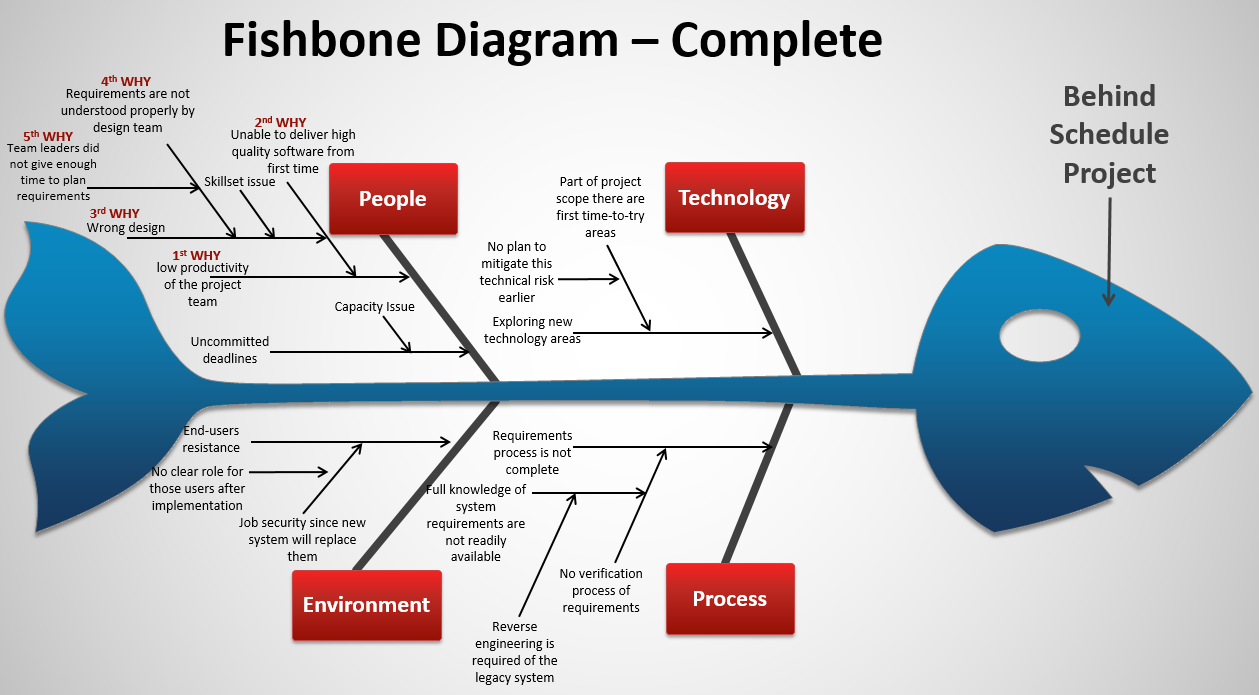
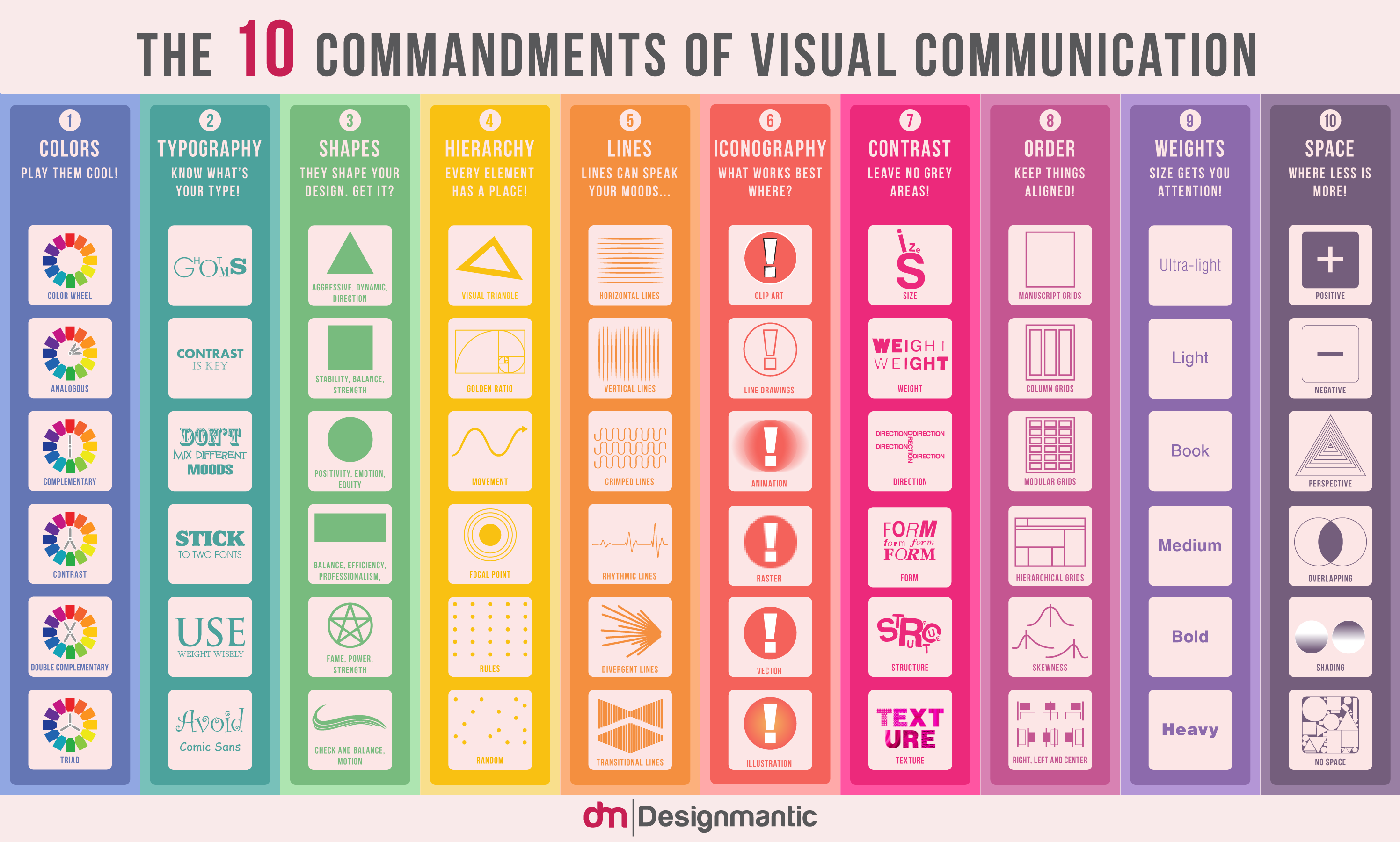
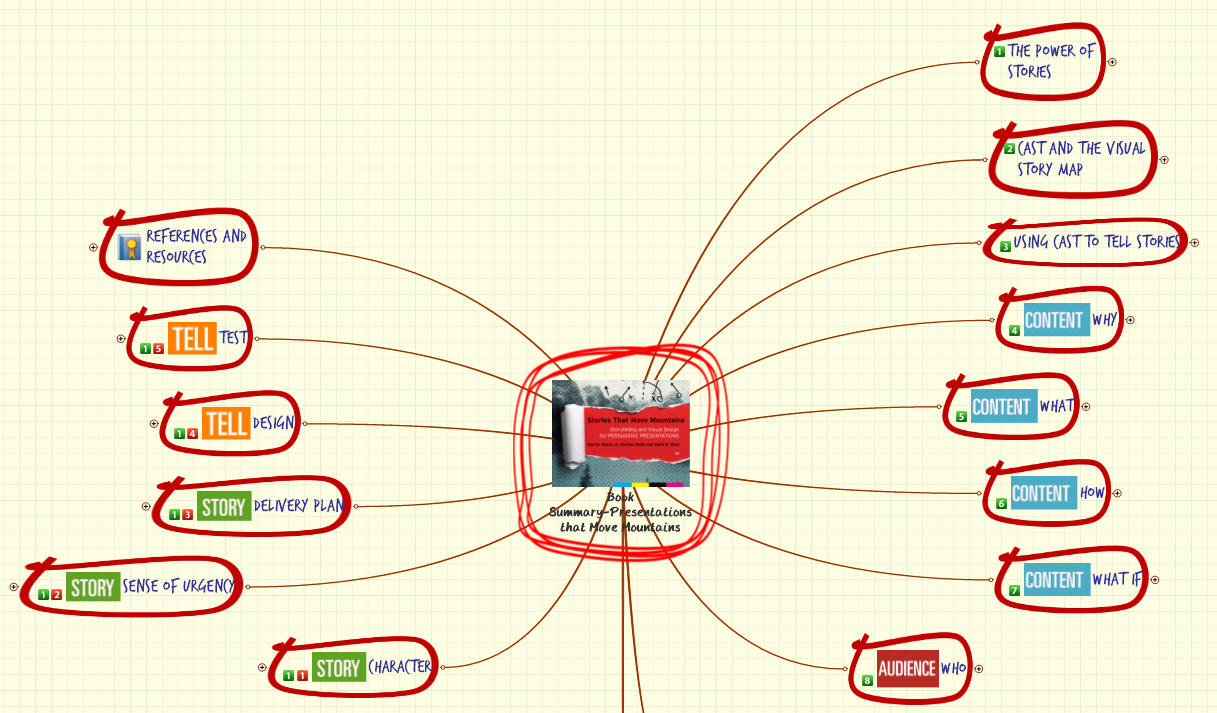

Leave a Reply